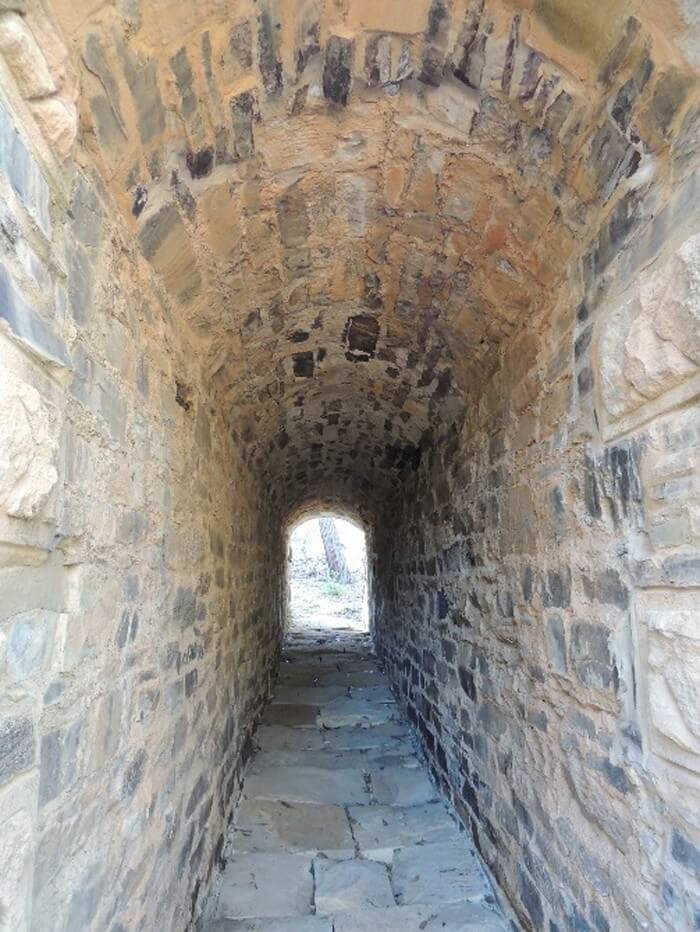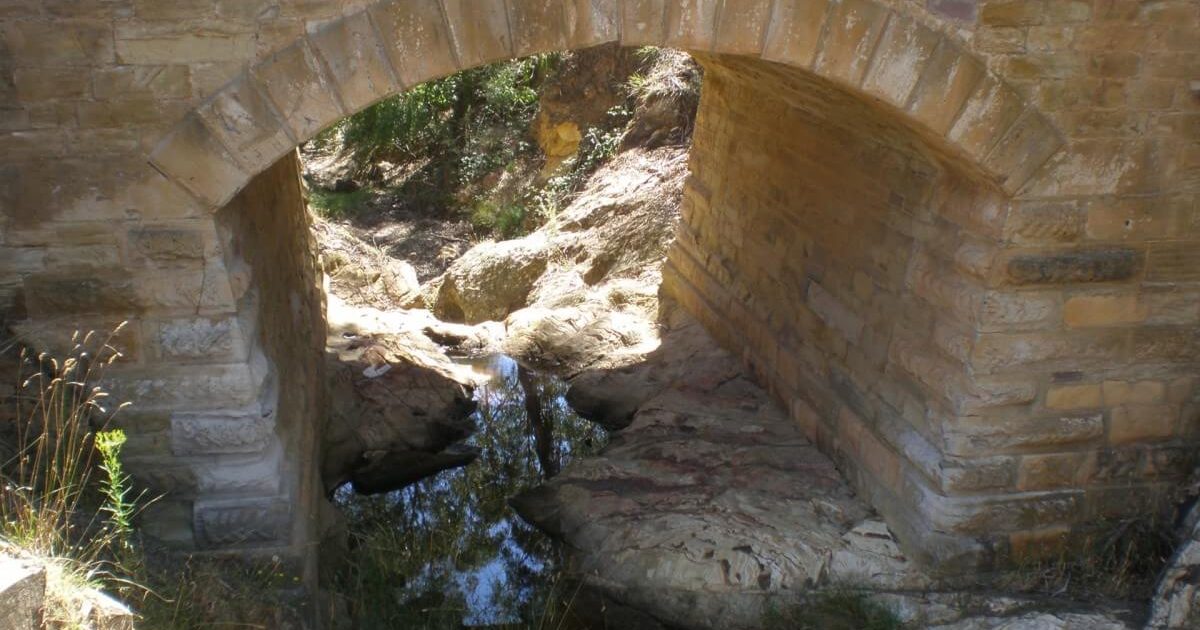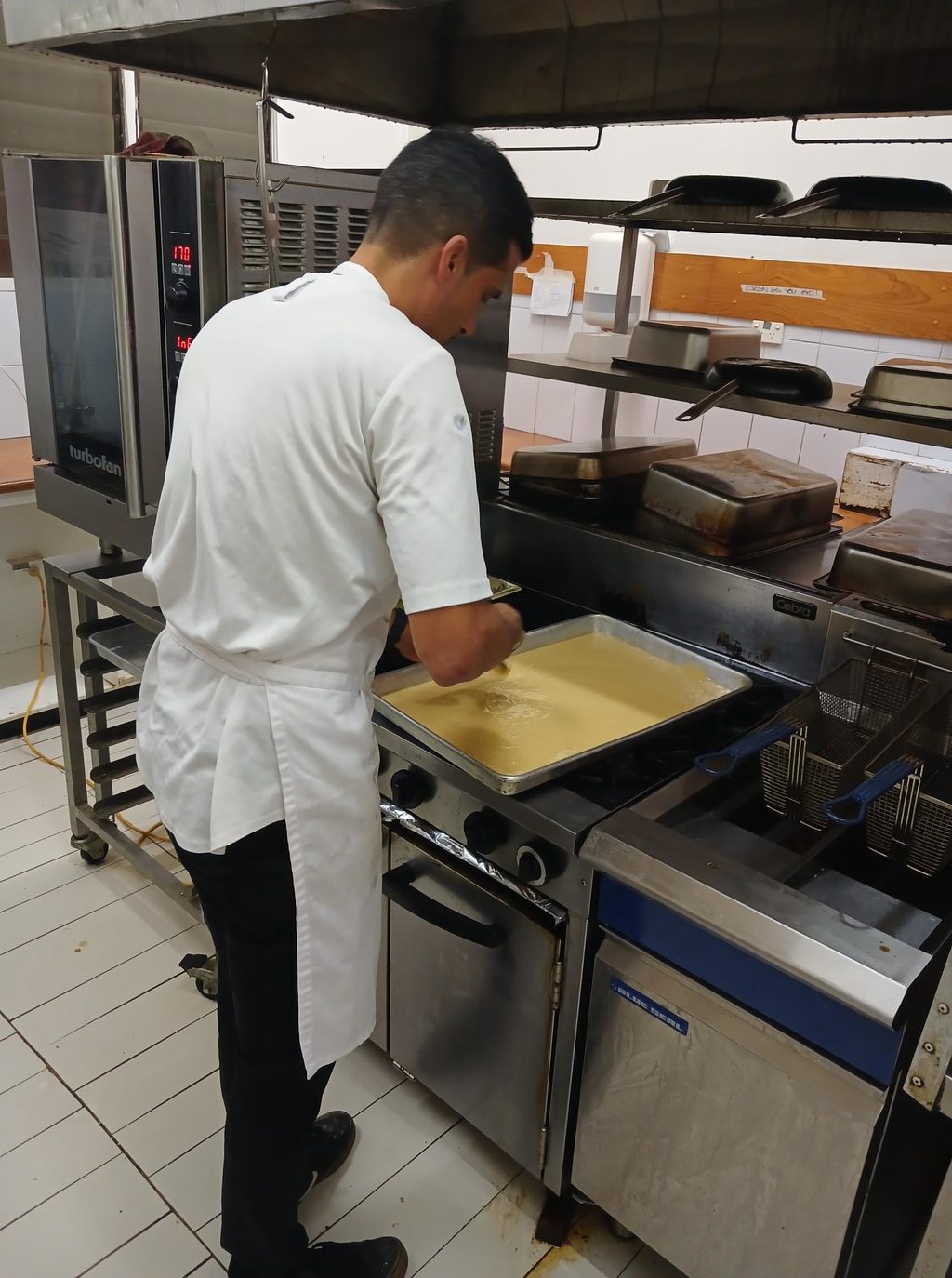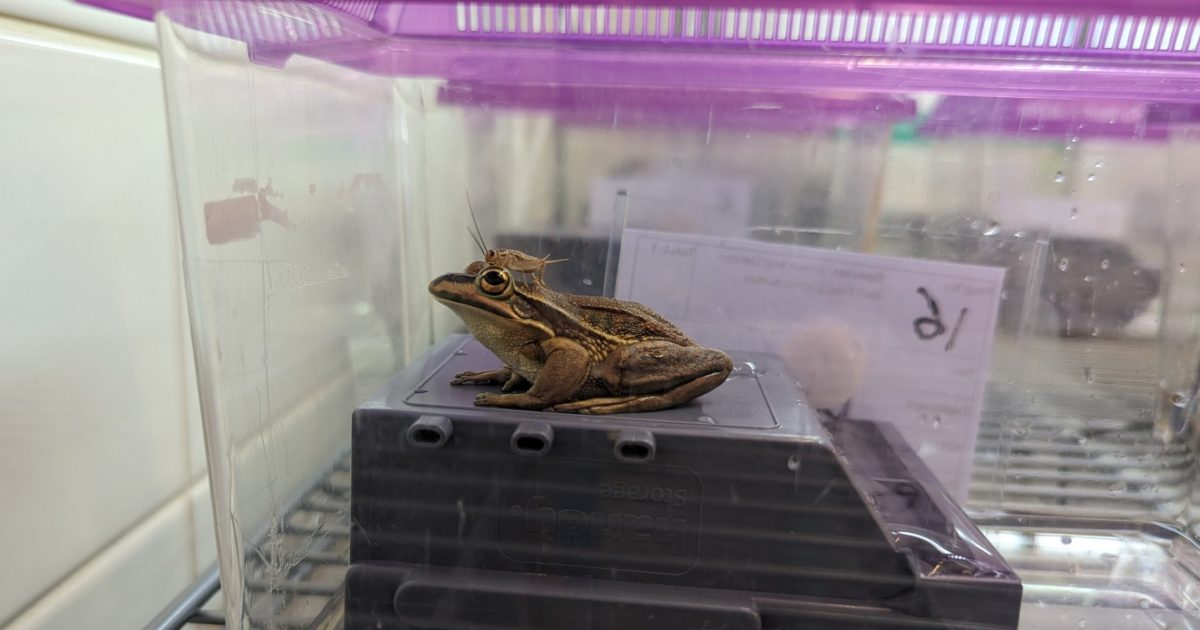The Towrang Bridge was built by convicts in the 1830s. Photo: Goulburn Australia.
You’ll have heard how the route between Sydney and Melbourne is one of the busiest domestic air lanes in the world. Some 9,217,377 passengers reportedly flew between the two cities in 2024.
So it’s little wonder a portion of this route was also among the first to be connected by highway.
You’ll know it as the wide and sweeping Hume Highway today, but back during the 1800s, the road snaking its way between Picton, near Sydney, and Goulburn (and from there, eventually on to Melbourne) was called the Great South Road.

A map showing the historical sites around Towrang Creek. Photo: The Rambling Wombat.
Then Governor Lachlan Macquarie came up with the idea in 1819 after being left very impressed by a visit to Goulburn, which he described as “a noble, extensive, rich meadow near a fine, large pond of fresh water, the cattle being up to their bellies in as fine, long sweet grass as I have seen anywhere”.
Surveyor-general Thomas Mitchell was commissioned for the job, with construction starting in 1833.
This, of course, was back when Australia was still being fed by large numbers of convicts from the ‘motherland’, so that took care of the labour. The road’s route was divided into sections, with “stockades” – essential penal camps – established in each, so the convicts could easily walk to and from their work each day.
The Towrang Stockade, just north of Goulburn, was the biggest.
In 1907, local historian Charles Macalister wrote, “there were hardly ever less than two hundred and fifty prisoners at Towrang – men of all degrees of crime, truly a motley group of criminals; not a few of whom has been ‘sent out’ for … first offences”.
Nowadays, there is little left besides piles of rubble hidden in long grass. But you can still enter part of the underground powder magazine, a stone tunnel originally used for storing explosives, and three of the headstones from the graveyard are still upright and half-legible.

Another of the Towrang culverts. Photo: Goulburn Australia.
You can still access it via a small parking area immediately after the Towrang Road turn-off from the Hume Highway, but given the stockade is now on private property, there is a sign at the gate advising people with genuine interest to “proceed past this point at own risk”.
The Towrang Bridge, on the other side of the highway, is easier to reach – just a short walk up from the pit toilet and picnic tables at the VC Derrick Rest Area.
This bridge is one of six surviving culverts within the area and is marked by a plaque. It’s thought to have been designed by David Lennox, a well-known engineer at the time, also responsible for the Lapstone Bridge in the Blue Mountains and the Landsdowne Bridge near Liverpool.
Mitchell knew how important Towrang was, saying in 1836, “My half-formed road was still not accessible at this point for want of a bridge over Towrang Creek”.
The bridge took three years to build, but remained in steady use for over 100 years, until the late 1940s.
As for the Great South Road itself, a local historian said that even by 1858, it remained “a scarcely formed bullock track with its tottering bridges, rugged steeps and treacherous passes”. It was also a popular haunt for local bushrangers.
So it’s little wonder that after 1869, most travellers opted for the new Goulburn-Sydney railway line, at least until the Hume Highway opened in 1928.
A ‘mere’ three hours between Canberra and Sydney would have been the dream for Mitchell.






